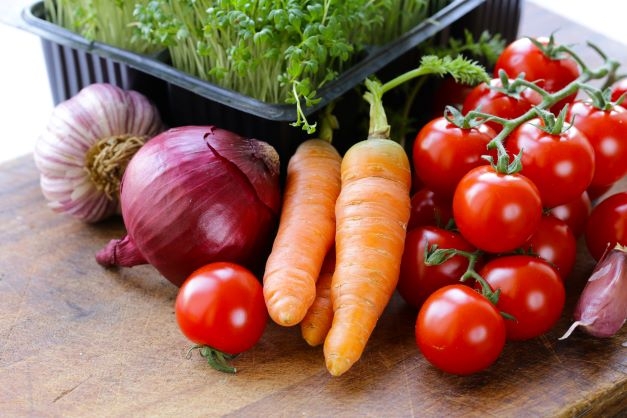What’s on the 2022 “Dirty Dozen” List?

Every year, the Environmental Working Group releases a report ranking pesticide residue levels of fruits and vegetables based on samples taken by the U.S. Department of Agriculture (USDA) and the FDA. This report is designed to help consumers make healthy and informed choices and reduce their exposure to toxic pesticides.
The report includes a list of the most pesticide-tainted produce known as the “Dirty Dozen.”
Here’s the 2022 list:
- Strawberries
- Spinach
- Kale, collards and mustard greens
- Nectarines
- Apples
- Grapes
- Bell and hot peppers
- Cherries
- Peaches
- Pears
- Celery
- Tomatoes
Most Americans aren’t eating enough fruits and vegetables daily. In fact, the CDC reports that only 1 in 10 adults eat enough fruits and vegetables each day, so don’t let the Dirty Dozen scare you away. Whether it’s organic or not, all properly handled fresh produce is believed to be safe to eat. Do your best to get your daily dose of healthy fruits and vegetables while still being an informed shopper.
To attempt to remove pesticide residue from nonorganic fruits and vegetables, experts recommend rinsing, rubbing or scrubbing them. If you’re still uneasy about pesticides, frozen or canned versions of your favorite produce can be a great alternative. After all, frozen fruits and vegetables are just as nutritious. Ultimately, it’s important to find what works best for your household and budget.

 Prev
Prev

